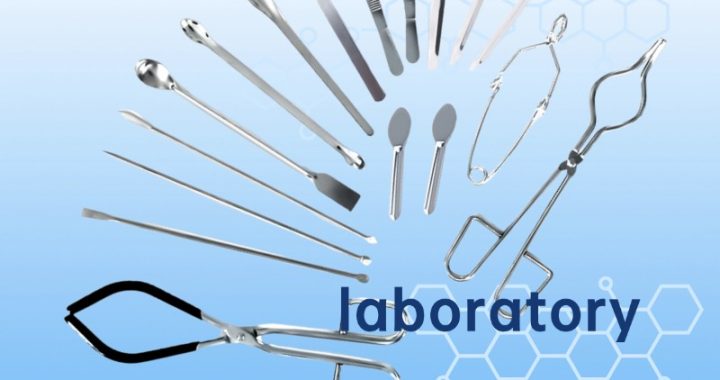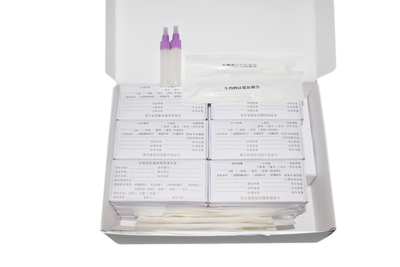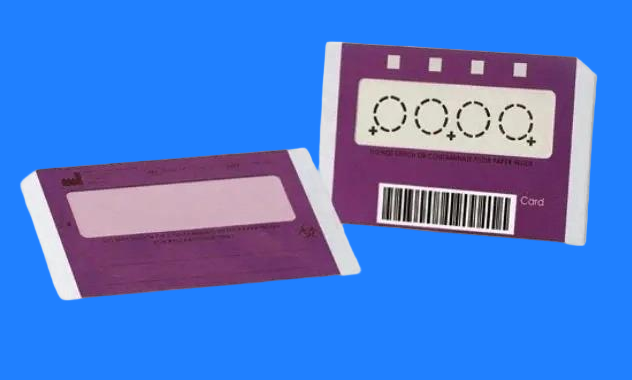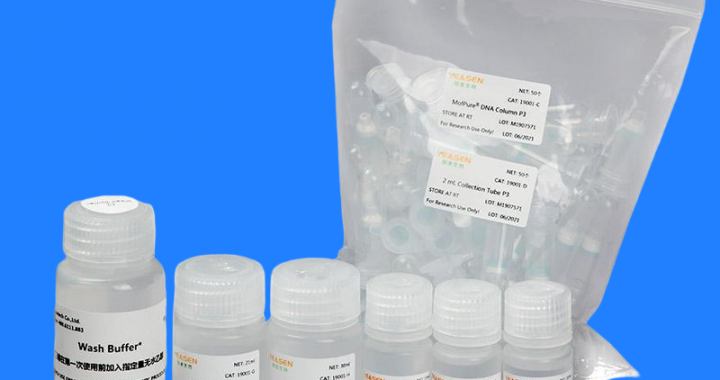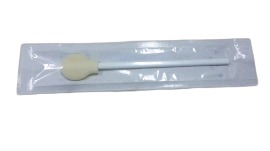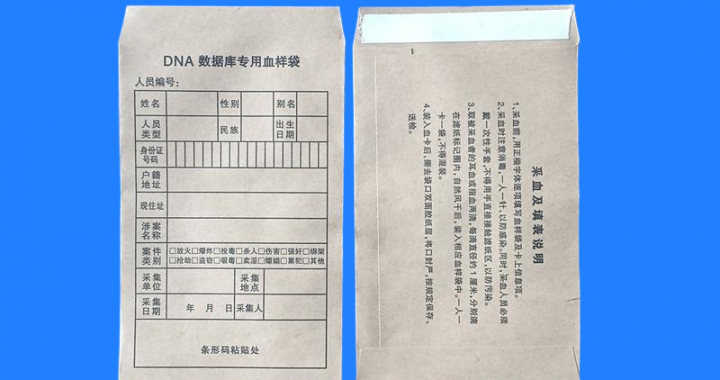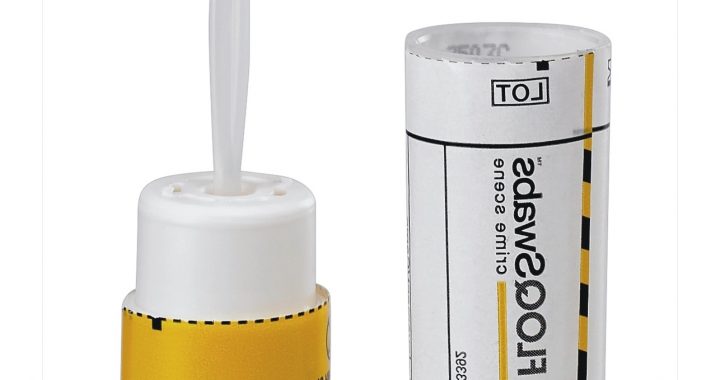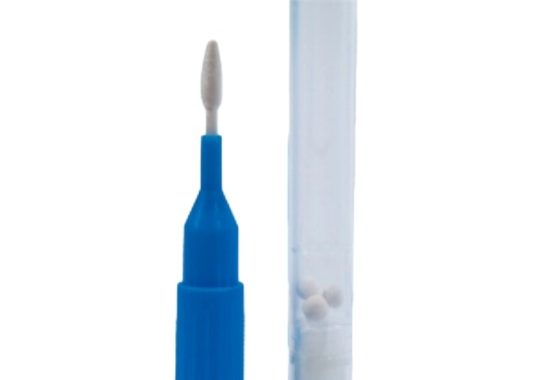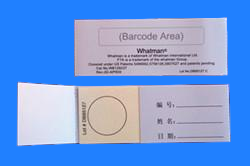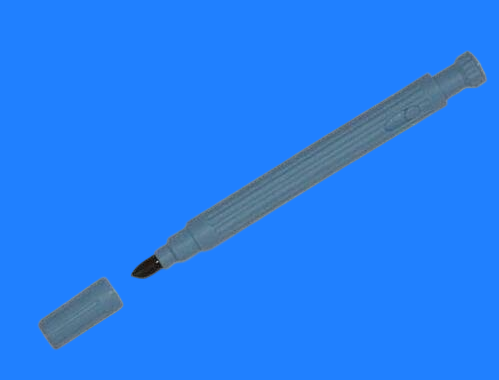On-site forensic DNA collection tools are critical for gathering biological evidence directly from crime scenes. These tools help preserve DNA integrity, ensure legal compliance, and enhance the accuracy of forensic investigations. This article provides a complete analysis of on-site forensic DNA collection tools, their features, applications, and best practices.
Content
-
Types of On-Site Forensic DNA Collection Tools
-
Swabs: Swabs are the most commonly used tools for collecting biological samples like saliva, blood, and skin cells. They include cotton, foam, or flocked swabs, each designed for specific types of evidence collection. Flocked swabs are particularly effective for collecting trace DNA from surfaces.
-
Suction Devices: Used for collecting fluids or cells from surfaces or within confined spaces. These tools are especially useful for gathering DNA from areas that may be difficult to reach with swabs.
-
DNA Collection Cards: Specialized cards or papers coated with chemicals that stabilize DNA from biological fluids like blood or saliva. These cards allow for safe and easy collection of DNA without the need for refrigeration.
-
DNA Collection Kits: These kits typically include swabs, collection cards, and other necessary components for efficient DNA collection. Some kits also feature solutions for DNA preservation, ensuring samples remain intact until analysis.
-
Buccal Swab Collection Devices: Designed for the easy collection of DNA from the inside of the cheek, buccal swabs are used in cases requiring DNA from a suspect or victim.
-
-
Key Features of On-Site Forensic DNA Collection Tools
-
Sterility: All tools are designed to be sterile, preventing contamination of samples during collection. Packaging is typically tamper-proof to maintain the integrity of the sample.
-
Ease of Use: On-site DNA collection tools are designed for simplicity and ease of use in challenging environments. Tools like swabs, cards, and collection kits allow investigators to collect high-quality samples without extensive training.
-
Preservation and Transport: DNA collection tools often include preservation solutions that stabilize samples, ensuring DNA remains intact during transport to forensic labs for analysis.
-
Compatibility with DNA Analysis: These tools are designed to provide samples that are compatible with various DNA testing methods, such as PCR (Polymerase Chain Reaction), ensuring that collected DNA can be accurately analyzed.
-
-
Applications of On-Site DNA Collection Tools
-
Crime Scene Investigation: These tools are used to collect DNA evidence from surfaces, clothing, and biological samples like blood, semen, and saliva. On-site collection allows investigators to quickly gather evidence without compromising sample quality.
-
Suspect DNA Collection: DNA collection tools are used to collect samples from suspects, such as buccal swabs, which provide a quick and non-invasive way to gather DNA for comparison with crime scene evidence.
-
Paternity and Kinship Testing: Forensic DNA tools are also used in non-criminal applications, such as paternity testing, where DNA samples are collected from parents and children to determine biological relationships.
-
Cold Case Investigations: On-site forensic DNA collection tools are also used to collect DNA from old or previously untested evidence, offering new opportunities to solve cold cases.
-
-
Best Practices for Using On-Site Forensic DNA Collection Tools
-
Proper Handling: Wear gloves to avoid contamination and ensure that swabs or other tools do not touch non-evidence surfaces during collection.
-
Documentation: Maintain a clear chain of custody from the moment the sample is collected to its final analysis to ensure that evidence remains legally admissible in court.
-
Appropriate Storage: Store collected DNA samples in secure, labeled containers to prevent contamination or degradation. Use DNA stabilizing solutions if necessary to maintain sample quality during transport.
-
Training: Ensure investigators and forensic professionals are properly trained in the use of these tools to maximize their effectiveness and minimize the risk of errors during evidence collection.
-
-
Challenges and Considerations
-
Environmental Factors: DNA collection tools can be affected by environmental conditions such as humidity, temperature, or contamination from the surrounding environment. Proper training and equipment selection can help mitigate these challenges.
-
Sample Quality: The success of DNA analysis depends on the quality of the sample collected. It is important to use the right tools for the type of evidence being gathered to ensure the best possible DNA recovery.
-
Cost: On-site forensic DNA collection tools can be expensive, and investigators must weigh the costs of using high-end tools against their effectiveness and the needs of the investigation.
-
-
Future of Forensic DNA Collection Tools
-
Automation: Advances in technology may lead to the development of automated DNA collection systems that can quickly and accurately gather evidence from crime scenes.
-
Improved Preservation Methods: The future may bring more advanced solutions for preserving DNA at the crime scene, such as nano-technologies that protect samples from environmental degradation.
-
Portability: As tools become more compact and portable, forensic investigators may be able to work more efficiently in the field, improving the speed and reliability of DNA evidence collection.
-
Features
-
Non-invasive: Many on-site DNA collection tools are designed to be non-invasive, such as buccal swabs, which are quick and easy to use.
-
Sterility and Security: Tools are packaged to maintain sterility and prevent contamination.
-
Portable: Compact kits make it easy for investigators to carry and use tools at crime scenes or in the field.
-
Versatility: A wide range of tools are available to collect various types of biological evidence, making them useful in different investigative contexts.
Scope
On-site forensic DNA collection tools are used in crime scene investigations, medical diagnostics, research applications, and legal proceedings. They are integral in forensic science, enabling investigators to collect high-quality DNA evidence in diverse environments.
